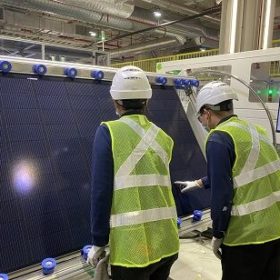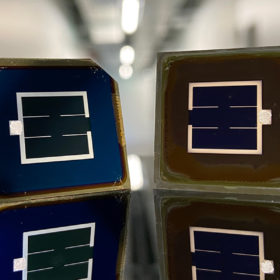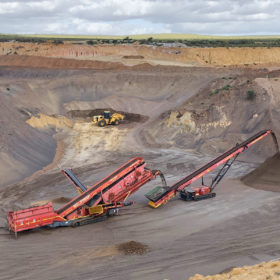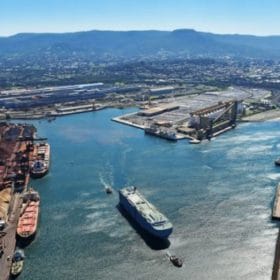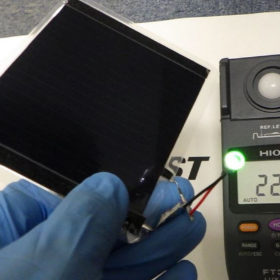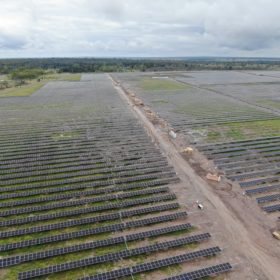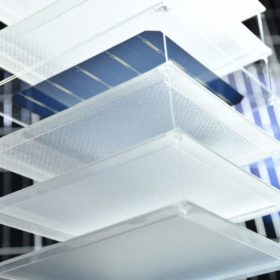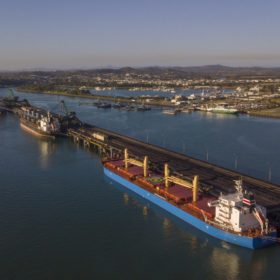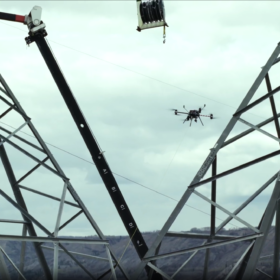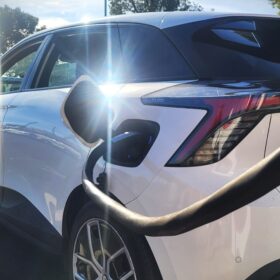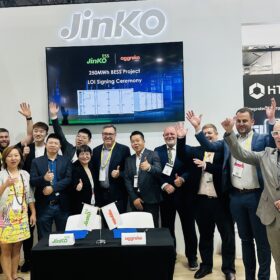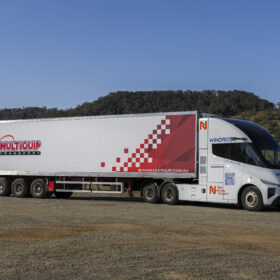REC Group rolls out new solar module for rooftop market
Norway-based solar manufacturer REC Group has commenced production of the fifth generation of its TwinPeak module series, offering improved power outputs from 395 W to 415 W and efficiencies ranging from 20.1% to 21.1%.
Martin Green’s solar cell efficiencies at a glance updated
A research group led by Professor Martin Green has published Version 61 of the solar cell efficiency tables. The tables include a world record for a silicon heterojunction cell, announced by Longi earlier this week, as well as five more new results.
Does Australia have the stomach to become a critical minerals superpower?
With the US offering tremendous capital to “friendshore” its renewable supply chains, the cofounder of a major renewables investor, David Scaysbrook, says President Biden’s Inflation Reduction Act could turn Australia into a critical mineral and rare earth powerhouse. “The question is, do we have the stomach for that?” Scaysbrook asks. For Tim Buckley, director of Climate Energy Finance, it’s a matter of the government taking a whole system approach and going early.
Sunova Solar releases 575 W n-type PV panel with 22.2% efficiency
Sunova Solar is offering five versions of its new solar panels, with power outputs from 555 W to 575 W and efficiencies ranging from 21.4% to 22.2%. They have a temperature coefficient of -0.31% per degree Celsius.
New US policy ‘devastating’ for Australia’s green hydrogen ambitions, says investment manager
Cofounder of Quinbrook Infrastructure Partners, David Scaysbrook, says the US Inflation Reduction Act can make Australia a green energy superpower – but not in the way we expect. The policy will fundamentally undercut Australia’s competitiveness exporting green hydrogen, but offers giant opportunities for critical materials. Scaysbrook also expects Australia’s 2023 to be lean in terms of renewable investment, especially when it comes to “vanilla” projects.
Roadmap to achieve CIGS solar modules with efficiencies above 20%
Japanese scientists have described the steps that need to be taken to improve the average efficiency of CIGS solar modules, from around 18.5% at present to more than 20%. They presented all of the critical technical factors that are currently holding the tech back from broader market adoption.
IEA outlines standardised guidelines for solar O&M
The International Energy Agency Photovoltaic Power System Programme has standardised guidelines for operation and maintenance programs for large-scale solar plants. It defines O&M performance indicators and standard O&M operator services, as well as tools to analyse PV plant performance and safety.
All-perovskite two-terminal tandem solar cell tech with 32.3% efficiency
Indian scientists have designed a new all-perovskite tandem solar cell configuration that can reportedly achieve higher efficiencies than similar devices built with the same materials. The top perovskite cell has a wide bandgap of 1.75 eV and the bottom perovskite cell has a bandgap of 1.25 eV.
Taiwanese consortium develops easily recyclable solar module
The Industrial Technology Research Institute (ITRI) and United Renewable Energy (URE) have developed a solar panel that can be easily dismantled to simplify the recycling process. They claim 96% of the materials in the panel can be recovered, including all of the solar cells and front glass.
Queensland council plots path from coal hub to green superpower
The Gladstone Regional Council has ratified an ambitious roadmap that will be used to help the central Queensland city navigate the transition from traditional coal and gas hub to a green hydrogen and renewable energy superpower.
